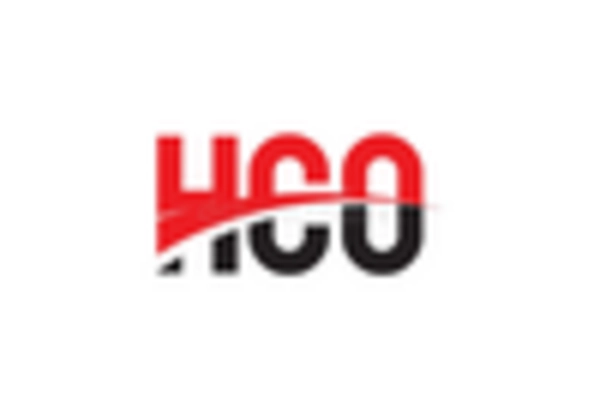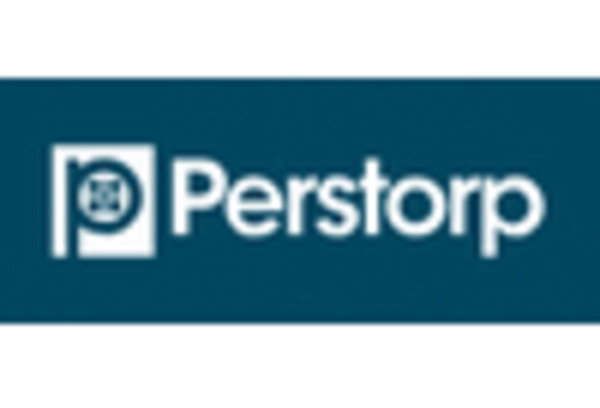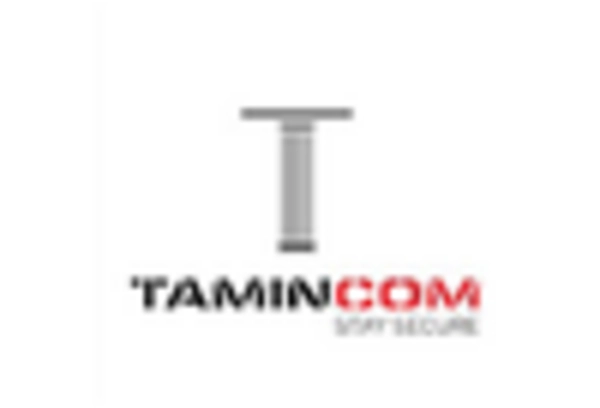Market Analysis
In-depth Analysis of Formic Acid Market Industry Landscape
Leading companies in the market are concentrating on various strategies like mergers, acquisitions, expansions, collaborations, and new production development to sustain their market presence. For instance, BASF inaugurated a new formic acid production facility in Geismar, Louisiana, boasting an annual production capacity of 50,000 tons. This move allows the company to meet the demand in both North and South American markets. In 2013, Taminco Corp. entered into an agreement to acquire the formic acid business of Kemira Oyj, focusing on enhancing sales in niche business segments like feed and airport runway deicing. Key players are actively influencing market share, with China holding the majority at 60%, followed by Germany.
This dominance is attributed to the increasing number of patent registrations, such as Perstorp Ab's 'Apparatus for the production of formic acid' and BASF Aktiengesellschaft's patented preparation of formic acid. These developments by major players are creating opportunities across the value chain, benefitting manufacturers to suppliers. The dynamic market landscape reflects the industry's continuous growth and innovation.
To maintain a competitive edge, companies are investing in cutting-edge technologies and expanding their global footprint. These strategic moves not only ensure market stability but also contribute to the overall development of the formic acid industry. With a focus on market expansion and technological advancements, major players are actively shaping the future of the formic acid market. As the formic acid market continues to evolve, collaborations and partnerships are becoming integral for industry leaders. Companies are exploring synergies that allow them to leverage each other's strengths and create a more robust market presence. These collaborations not only enhance research and development capabilities but also contribute to the overall growth and sustainability of the formic acid market.
In conclusion, the formic acid market is witnessing significant developments driven by key players adopting diverse strategies. Whether through mergers, expansions, or novel production facilities, major companies are actively shaping the formic acid landscape. The increasing number of patents and strategic alliances indicate a thriving market with ample opportunities across the value chain, benefiting all stakeholders from manufacturers to suppliers.

















Leave a Comment